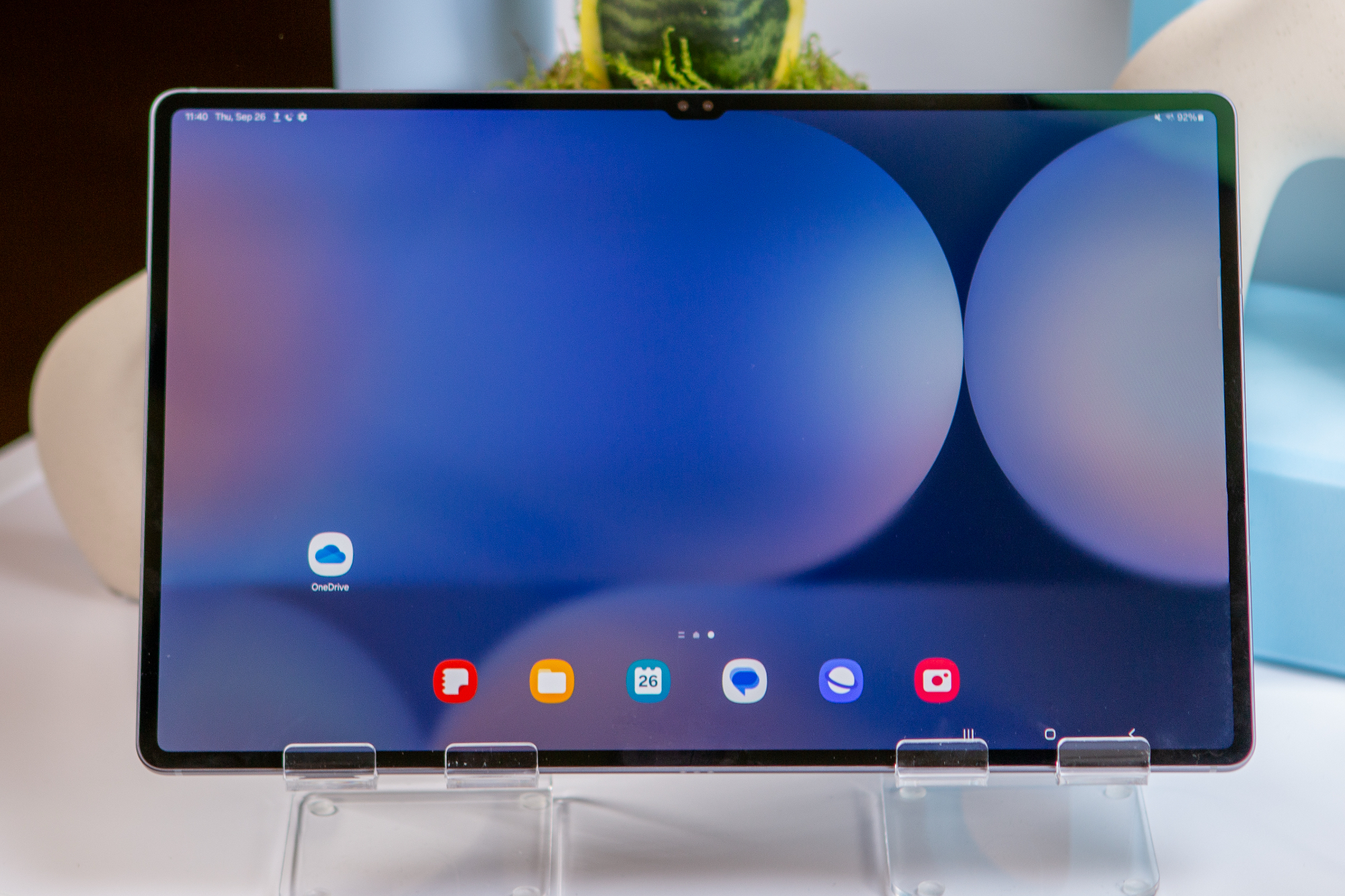Google Explores Shifting Pixel Production from Vietnam to India Amid Tariff Concerns

In a significant move that could reshape its manufacturing strategy, Google is reportedly considering relocating the production of its popular Pixel smartphones from Vietnam to India. This decision appears to be motivated by the ongoing trade tensions and tariff regulations in the United States that might impose higher charges on goods imported from Vietnam compared to India.
Recent reports suggest that Google is particularly keen on localizing the production of certain Pixel components, including enclosures and fingerprint sensors, in Indian manufacturing facilities. According to The Economic Times, this shift could be a strategic response to the current landscape of U.S. tariffs, which are poised to impact the cost of importing products from Vietnam significantly.
Currently, products manufactured in Vietnam face a staggering 46% tariff when imported to the U.S., while those produced in India are only subjected to a 26% tariff. This disparity creates a compelling financial incentive for Google to transition its production base, especially as the U.S. government continues to evaluate tariff policies established during the Trump administration.
Reports indicate that Google has initiated discussions with major manufacturing partners, namely Dixon Technologies and Foxconn, to facilitate this production move. These talks, which began approximately two weeks ago, mark the initial steps in what could be a comprehensive transition of Pixel manufacturing components to India. This shift is particularly crucial for devices destined for the U.S. market, where tariff implications could affect pricing and competitiveness.
Compounding these concerns, Indian Prime Minister Narendra Modi recently met with U.S. Vice President JD Vance in an effort to negotiate a trade deal that would mitigate the impact of reciprocal tariffs. Indian Finance Minister Nirmala Sitharaman expressed optimism, stating that India aims to finalize a trade agreement with the U.S. by this fall. Given that the U.S. is India's largest trading partner, reaching a favorable trade arrangement could further motivate companies like Google to enhance their manufacturing presence in India.
In addition to relocating production, Google is also interested in establishing local manufacturing capabilities for various Pixel components, which may include vital parts such as enclosures, chargers, fingerprint sensors, and batteries. This move would not only reduce dependence on imported components but also strengthen the local supply chain.
Despite the potential benefits of manufacturing in India, it is important to note that even Pixel phones currently produced in India rely heavily on components sourced from abroad. This highlights the ongoing challenge that Google and other tech companies face as they navigate the complexities of global supply chains while trying to align with national interests and trade regulations.


























